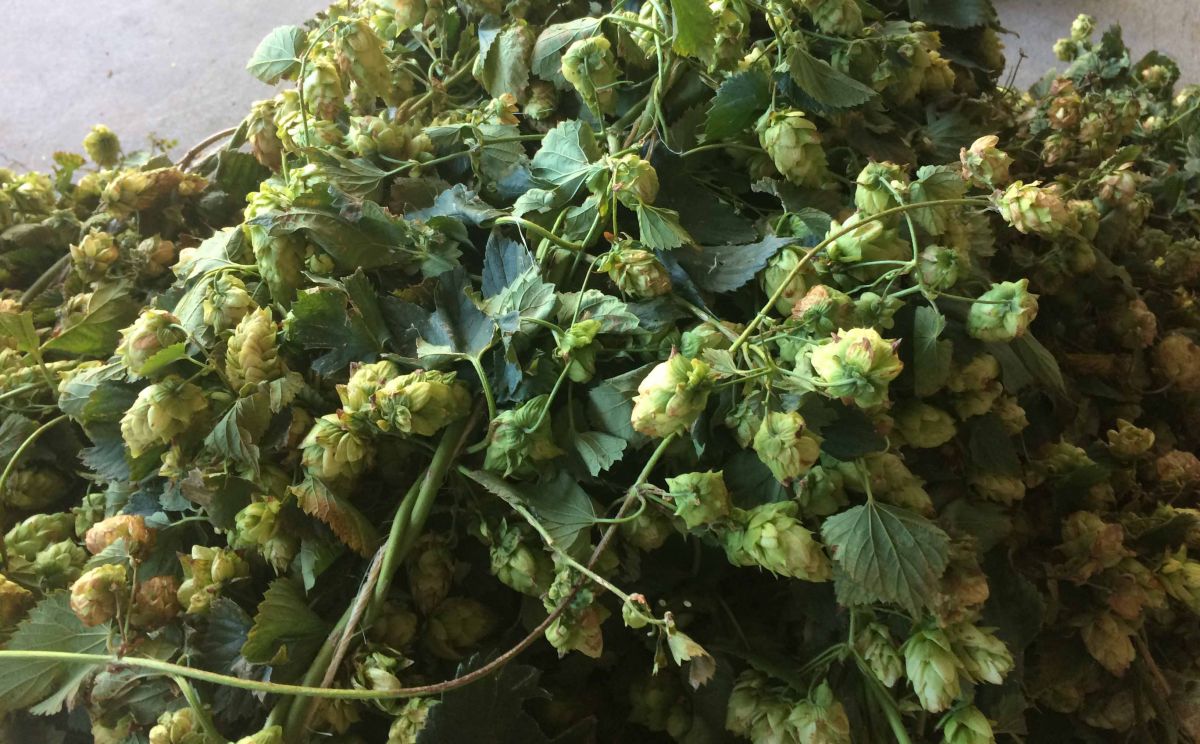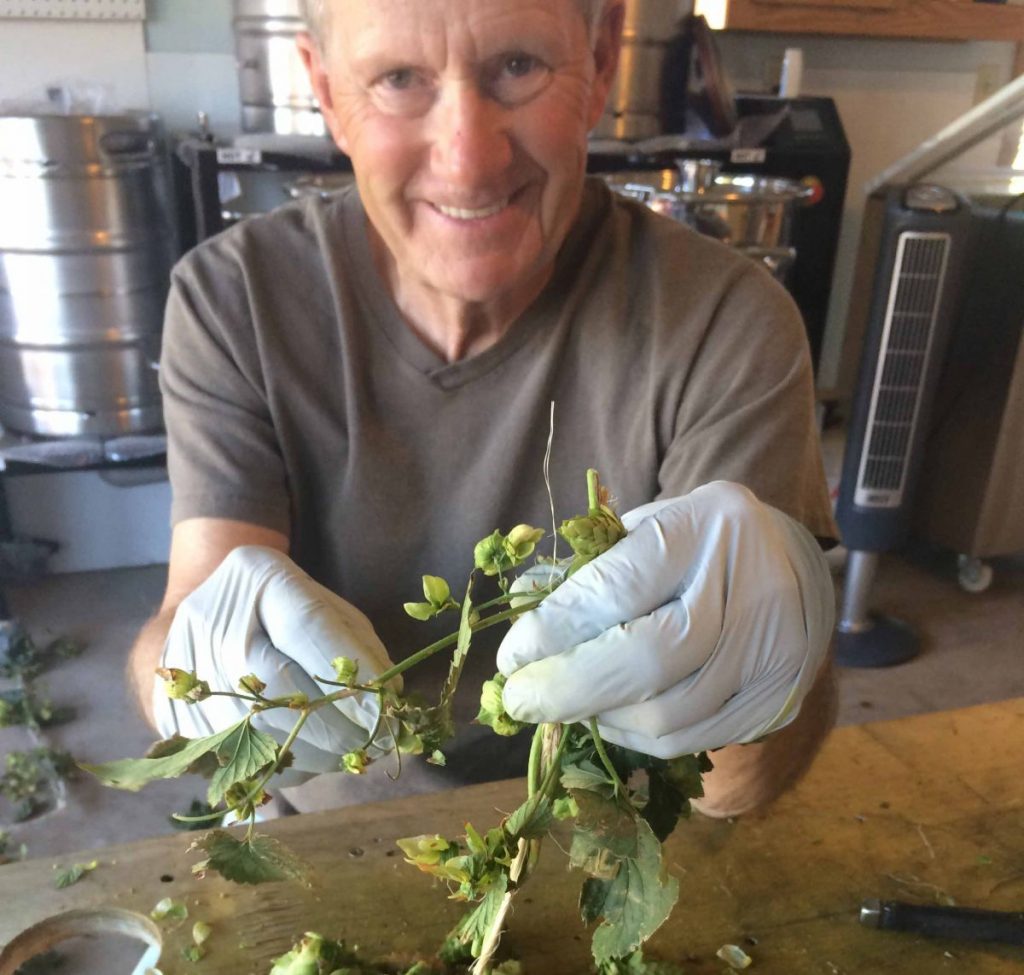Value Added Agriculture Center Celebrates 20 Years

Turning a good idea into a successful business isn’t simple – just ask Cheri Rath.
“Business plans, feasibility studies, research and development … there are so many spokes in the wheel. It is challenging, cumbersome, expensive and takes time,” explains Rath, Executive Director of South Dakota’s Value Added Agriculture Development Center.
Guiding South Dakota’s agricultural entrepreneurs through this process has been the focus of the non-profit organization since its inception 20 years ago, explains Lake Preston farmer and S.D. Farmers Union (SDFU) Vice President Wayne Soren. “We needed an organization where farmers, ranchers and rural citizens can go when they think they have an idea for a business, to help them get it off the ground,” explains Soren, who represents SDFU on the Value Added board of directors. “You think you have an idea, but what do you do next? You have to be able to manufacture, market and be financially savvy. In general, most people have the skills to do one of those three things. Sometimes two of those three. But almost never does anyone have the know-how or resources to do all three effectively.”
This is where the Value Added Ag Development Center comes in, Rath explains. “We are able to walk people through the process. We can step in and put ink to paper to help them get the necessary paperwork done to apply for grants or put together their business plan or have a feasibility study done – we consider ourselves the hub of the project, we hold their hands through the entire process, while bringing partnering resources to the table,” she says.
And, it’s working. Since 1999, 79 percent of all ideas that go through the Value Added Ag Development Center process, became a reality. Today, 41 percent are still operational. This is compared to the statewide average of 10 percent.
SDFU is among the founding sponsors of the organization, which provides all its services at no cost.
“Our membership, sponsors like Farmers Union, are instrumental to our being available to producers,” explains Rath, who says the organization also finds ways to leverage grant dollars to help finance the services they provide, and help entrepreneurs with research and development or other start-up expenses.
Grants discovered through the Value Added Ag Development Center helped Spearfish hops grower, Steve Polley cover costs associated with research and development. Polley began working with the Value Added Ag Development Center about 10 years ago, after he harvested his first crop of hops, and decided to preserve the crop by freezing it instead of drying it. Technical assistance provided by the Value Added Ag Development Center has also guided Polley with business planning and marketing strategy as Dakota Hops moves into commercialization of his unique hops products.

“To my knowledge, we are the only grower who freezes hops for brewing beer,” Polley explains. In fact, after doing some research, Polley found only one journal article from the 1940s, where Oregon State University professors tried freezing hops to determine if it could be done. “They found it could be done, and the article said they thought it would make excellent beer, probably better beer than dried hops.”
Hops are among the main ingredients found in many varieties of beer, and according to Polley, although they are labor-intensive, they thrive in the western South Dakota climate.
To discover whether or not frozen hops could be used in brewing beer, Polley reached out to home brewers and microbrewries in western U.S. to help test the concept. Because the results were so favorable, they decided to do side-by-side tests to determine which tasted better – beer made with dried hops or frozen hops.
Using USDA grants they found through Value Added Ag Development Center, Polley was able to fund multiple tests, using multiple varieties of hops.
The results were uniform. Beer brewed with frozen hops tasted as good, or better than beer brewed with commercial kiln dried hops.
Polley wanted to know if two batches were made at the same time, using dried hops for one batch and frozen for the other, which beer would taste better.
Polley didn’t stop there. Using USDA grants he found through Value Added Ag Development Center, and working with local breweries and brew clubs, Polley tested this theory multiple times, asked Black Hills State University chemists to explore why freezing hops make a better tasting beer, purchased equipment and hired a brew master.
Polley, who doesn’t drink, relies on others – professionals, amateur taste-testers and judges – to determine if frozen hops produce a better-tasting product. Since R&D began, beer produced from Polley’s frozen hops has won top honors at four brew festival contests.
Flavor isn’t the only reason brewers may want to consider using frozen hops over dried. Polley’s research proved a large yield advantage.
“It takes four times less hops to make the same amount of beer,” Polley says.
He explains, that it takes 4 pounds of vine-fresh hops to produce 1 pound of dry hops for market. Whereas 1 pound of vine-fresh hops, produces 1 pound of frozen hops. “If a beer recipe calls for 5 ounces of Cascade (a hop variety), and a brewer uses 5 ounces of dried hops, it took 20 ounces of fresh hops. However, if we use 5 ounces of frozen hops, it only took 5 ounces of fresh hops. And, the beer tastes better,” Polley says.
The ability to produce four times more hops per acre, by changing the preservation method could have a large impact on the hops industry. Polley says his research company, Dakota Hops LLC, needs to do more research and development before he is ready to market his discoveries.
This harvest, they plan to freeze hops in the field using liquid nitrogen (-320 degrees Fahrenheit) with Individual Quick Freeze (IQF) technology. This will preserve hop freshness because it will reduce hop preservation time to a few minutes.
“My business model fits the concept of the Value Added like a glove. We have taken an agriculture product and been able to develop something that prior to this did not exist,” Polley says.
Soren adds, Value Added Ag Development Center fits with the philosophies of South Dakota Farmers Union too. “Value Added shines in its work helping small, rural businesses. If you read our mission statement, you can see it talks about rural America and supporting rural communities. If one business gets started in a rural community, and provides employment to one, two or three individuals, that is a big deal,” Soren explains.
To learn more about the Value Added Agriculture Development Center, visit www. sdvalueadded.coop/. To learn more about how South Dakota Farmers Union supports family farmers, ranchers and their rural communities, visit sdfu.org.

